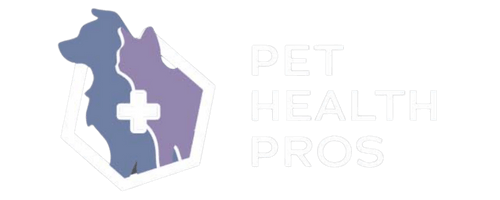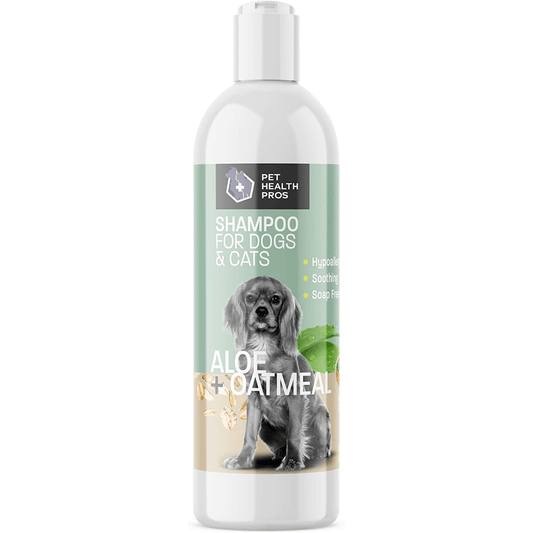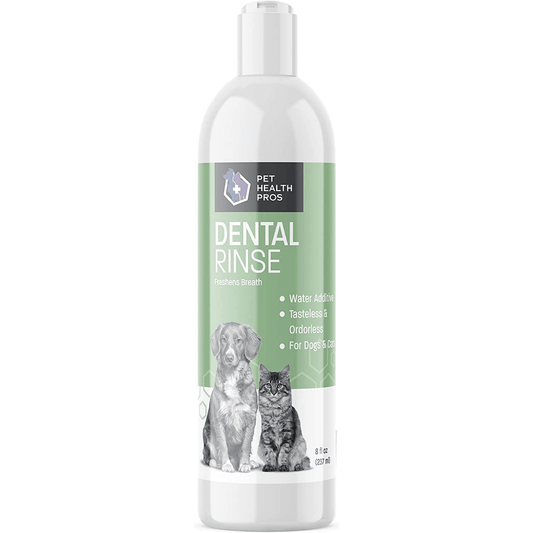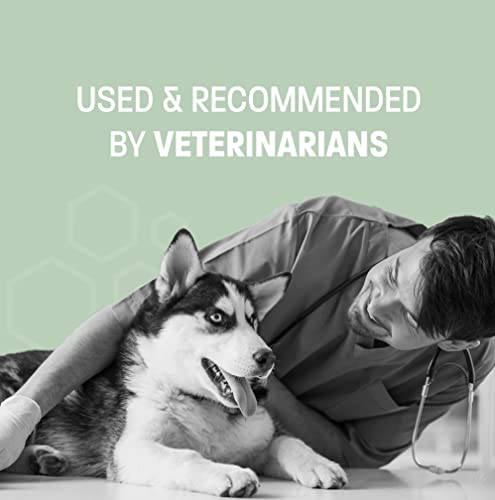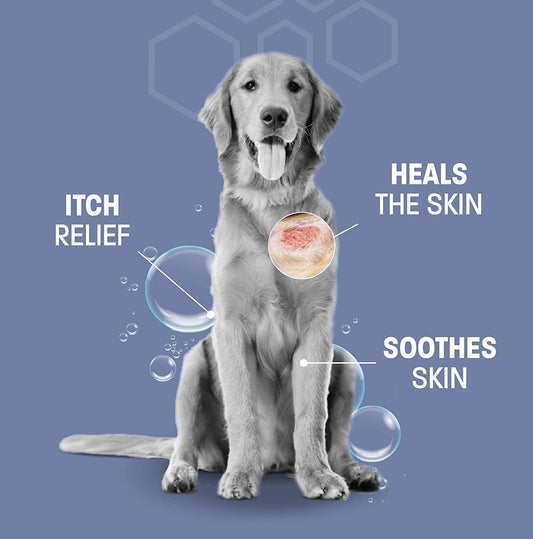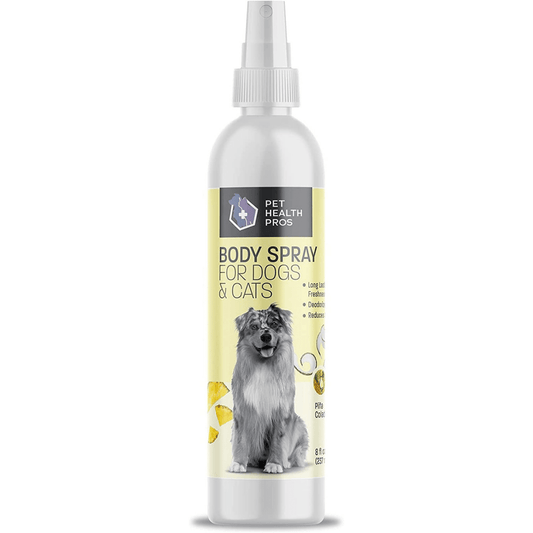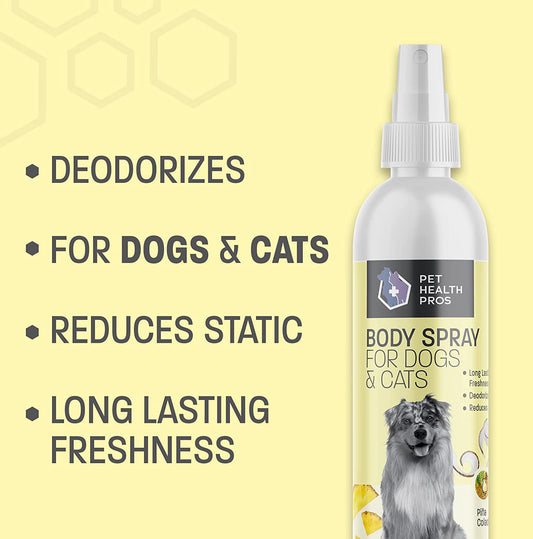How to Safely Express a Dog's Anal Glands
Expressing a dog's anal glands is an important aspect of maintaining their health and comfort. Understanding the anatomy of a dog's anal glands, recognizing signs that they need to be expressed, and knowing safe methods for expression are crucial for dog owners. This article provides an overview of these key points and emphasizes the significance of regular anal gland maintenance for a dog's well-being.
Key Takeaways
- Regularly monitor your dog's behavior and physical signs to identify when their anal glands need to be expressed.
- Seek veterinary assistance if you are unsure about how to safely express your dog's anal glands.
- External and internal expression methods are commonly used to safely express a dog's anal glands.
- Home remedies and precautions can be effective, but consult a veterinarian before attempting them.
- Ensuring your dog's comfort and health during anal gland expression is essential for their well-being.
Understanding the Anatomy of a Dog's Anal Glands
Location of the Anal Glands
The anal glands, also known as anal sacs, are located on either side of a dog's anus. These small glands are responsible for secreting a pungent-smelling fluid that aids in marking territory and communicating with other dogs. The location of the anal glands makes them susceptible to blockages and infections, which can lead to discomfort and health issues. It's important to be aware of the location of these glands in order to monitor and maintain their health. Below is a table outlining the location of the anal glands:
| Location | Description |
|---|---|
| Internal | Inside the anal sphincter |
| External | Adjacent to the anus |
Function of the Anal Glands
The function of a dog's anal glands is to release a scent that contains information about the dog, such as its age, sex, and health. This scent serves as a form of communication between dogs, conveying important details about each other. When the anal glands become impacted or infected, they can cause discomfort and lead to serious health issues.
| Common Issues with Anal Glands |
|---|
| Impaction |
| Infection |
- Behavioral changes may indicate issues with the anal glands.
- It's important to monitor your dog's behavior for any signs of discomfort or distress.
Regular expression of the anal glands can help prevent these complications and ensure your dog's comfort and well-being.
Common Issues with Anal Glands
Anal gland issues can cause discomfort and pain for dogs. Some common issues include impaction, infection, and abscesses. These issues can lead to licking, scooting, and foul odor. It's important to monitor your dog for any signs of anal gland problems and seek veterinary assistance if needed. See the table below for common signs of anal gland issues.
| Behavioral Signs | Physical Signs |
|---|---|
| Licking | Swelling |
| Scooting | Redness |
| Discomfort | Pain |
Signs That a Dog's Anal Glands Need to be Expressed
Behavioral Signs
Behavioral Signs
Dogs may exhibit restlessness and excessive licking of the anal area as a sign of discomfort. Additionally, they may display scooting behavior, where they drag their bottom along the ground. These behavioral signs indicate the need for anal gland expression. It's important to observe and address these signs promptly to ensure your dog's comfort and health.
| Behavioral Signs | Description |
|---|---|
| Restlessness | Signs of discomfort and agitation |
| Excessive licking | Frequent licking of the anal area |
| Scooting behavior | Dragging the bottom along the ground |
Prompt attention to these signs can prevent further complications and discomfort for your dog.
Physical Signs
Physical signs that a dog's anal glands need to be expressed may include:
- Scooting or dragging the hind end along the ground
- Licking or biting the anal area
- Swelling or redness around the anus
It's important to observe these physical signs and take appropriate action to ensure your dog's comfort and health. Here's a table summarizing the physical signs and their significance:
| Sign | Significance |
|---|---|
| Scooting | Indicates discomfort or irritation |
| Licking/Biting | Can lead to infection or inflammation |
| Swelling/Redness | May indicate inflammation or infection |
When to Seek Veterinary Assistance
If you notice persistent or severe signs of discomfort in your dog, such as excessive licking, scooting, or vocalization, it is important to seek veterinary assistance. Additionally, if you are unsure about expressing your dog's anal glands or if your dog has a history of anal gland issues, it is best to consult a veterinarian. Here is a table summarizing the signs that indicate the need for veterinary assistance:
| Sign | Description |
|---|---|
| Persistent licking or scooting | Indicates discomfort and possible inflammation |
| Foul odor | May indicate an infection or impaction |
| Blood in stool | Indicates potential serious issues |
Methods for Safely Expressing a Dog's Anal Glands
External Expression Method
The external expression method is a common technique used to manually express a dog's anal glands. This method involves applying gentle pressure to the glands from the outside, causing the secretion to be released. It is important to be cautious when using this method to avoid causing discomfort or injury to the dog. Here is a table outlining the steps for the external expression method:
| Step | Description |
|---|---|
| 1 | Position the dog in a standing or sitting position |
| 2 | Apply gentle pressure on the glands using a tissue or glove |
| 3 | Allow the secretion to be released |
Additionally, it is important to be aware of the physical signs that indicate the need for expressing the anal glands and to seek veterinary assistance if there are any concerns about the dog's health.
Internal Expression Method
The internal expression method involves the insertion of a lubricated gloved finger into the dog's rectum to manually squeeze the anal glands.
This method should only be performed by a professional or under the guidance of a veterinarian.
It is important to use caution and gentle pressure to avoid causing discomfort or injury to the dog.
Table: Steps for Internal Expression Method
| Step | Description |
|---|---|
| 1. | Put on a disposable glove and lubricate the index finger. |
| 2. | Gently insert the finger into the dog's rectum. |
| 3. | Locate the anal glands and apply gentle pressure to express the contents. |
| 4. | Clean the area and dispose of the glove properly. |
- Always consult a professional before attempting this method.
- Seek immediate veterinary assistance if you encounter any difficulties or if the dog shows signs of pain or discomfort.
Home Remedies and Precautions
*When it comes to home remedies, it's important to approach with caution and seek advice from a professional. Some precautions to take when considering home expressions include:
- Using only vet-approved methods and products
- Being aware of the risks involved
- Monitoring for any adverse reactions
Remember, your dog's health should always be the top priority. If in doubt, consult your veterinarian for guidance and assistance.
| Home Remedies | Precautions |
|---|---|
| Natural oils | Use with caution |
| Warm compress | Gentle application |
| Dietary changes | Consult a vet |
Conclusion
Importance of Regular Anal Gland Maintenance
Regular maintenance of a dog's anal glands is crucial for their overall health and comfort. It helps prevent painful issues such as impaction and infection. By expressing the anal glands, you can alleviate discomfort and reduce the risk of complications. Remember to consult a veterinarian for guidance and assistance. Here's a table to summarize the signs that indicate the need for expressing a dog's anal glands:
| Sign Type | Description |
|---|---|
| Behavioral Signs | Scooting, licking, and agitation |
| Physical Signs | Swelling, redness, and discharge |
| Veterinary Assistance | If signs persist or worsen |
Summary of Key Points
In summary, it's important to regularly express a dog's anal glands to prevent discomfort and health issues. External and internal expression methods are available, but it's crucial to seek veterinary assistance if there are any signs of infection or inflammation. Home remedies can be used with caution, but consulting a veterinarian is always recommended. Ensuring your dog's comfort and health should be the top priority.
| Key Point | Description |
|---|---|
| Regular Expression | Regular expression prevents discomfort and health issues |
| External and Internal Methods | Both methods are available, seek veterinary assistance if needed |
| Home Remedies | Use with caution, consult a veterinarian |
Ensuring Your Dog's Comfort and Health
Regular Anal Gland Maintenance is crucial for preventing discomfort and potential health issues in your dog. By monitoring your dog's behavior and seeking veterinary assistance when needed, you can ensure that your furry friend is happy and healthy. Remember to gently express the anal glands when necessary, and always consult a professional for guidance.
| Maintenance Tips |
|---|
| Monitor behavior |
| Seek vet assistance |
Frequently Asked Questions
What are the common signs that a dog's anal glands need to be expressed?
Common signs include scooting, licking or biting the anal area, foul odor, and discomfort during bowel movements.
Is it safe to express a dog's anal glands at home?
It can be safe to express a dog's anal glands at home if done carefully and with proper knowledge of the procedure. However, it's best to consult a veterinarian for guidance.
What are the risks of not expressing a dog's anal glands?
The risks of not expressing a dog's anal glands include impaction, infection, discomfort, and potential rupture of the anal glands.
Can diet affect a dog's anal gland health?
Yes, diet can play a role in a dog's anal gland health. A balanced diet with adequate fiber can help promote healthy bowel movements and natural expression of the anal glands.
How often should a dog's anal glands be expressed?
The frequency of expressing a dog's anal glands varies for each dog. It's best to observe your dog's behavior and consult a veterinarian for guidance on a suitable schedule.
What should I do if my dog shows signs of discomfort during anal gland expression?
If your dog shows signs of discomfort during anal gland expression, stop the procedure immediately and seek veterinary assistance. Discomfort may indicate an underlying issue that needs professional attention.
